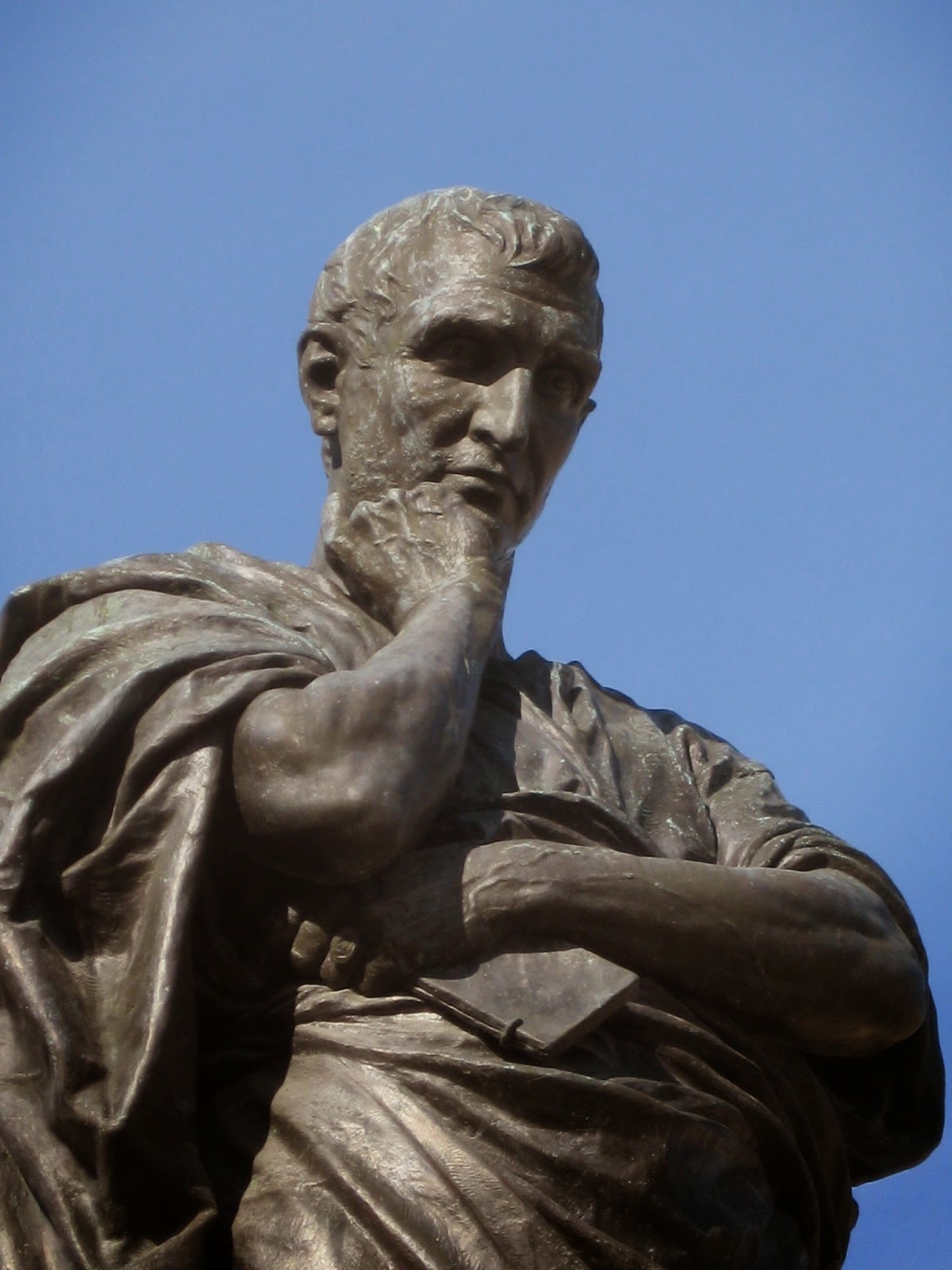
2 Dactylic HexameterĦThe meter of Latin epic is known as dactylic hexameter (also sometimes called the Heroic Verse). The accented part of a foot is generally known as the thesis 1 the unaccented part as the arsis. The first syllable of the dactyl and the spondee is always accented: this accent is called the ictus. iudico) can never be placed in a hexameter verse. For example, any word in which a single short syllable comes between two long ones (e.g. Note that the small number of syllabic patterns allowed by the hexameter exclude many words which have intractable combinations. nubes), called a spondee (the Greek word spondê is itself one). carmina), called a dactyl (Greek dactulos is itself one) and two long syllables (e.g. In dactylic hexameter, the meter in which Latin epic is written (see next section), two kinds of foot are used: a long syllable followed by two short syllables (e.g.



The Quantitative Basis of Latin poetryĢLatin poetry depends for its rhythm on quantity rather than accent. What follows is a quick overview in the basic principles of hexametric verse.
#Ovid scansion how to
His lines flow like those of no other poet - and he is therefore an ideal author for learning how to read and to appreciate Latin hexameters. 1One of the great pleasures of reading Ovid’s Metamorphoses is his verse-craft.


 0 kommentar(er)
0 kommentar(er)
